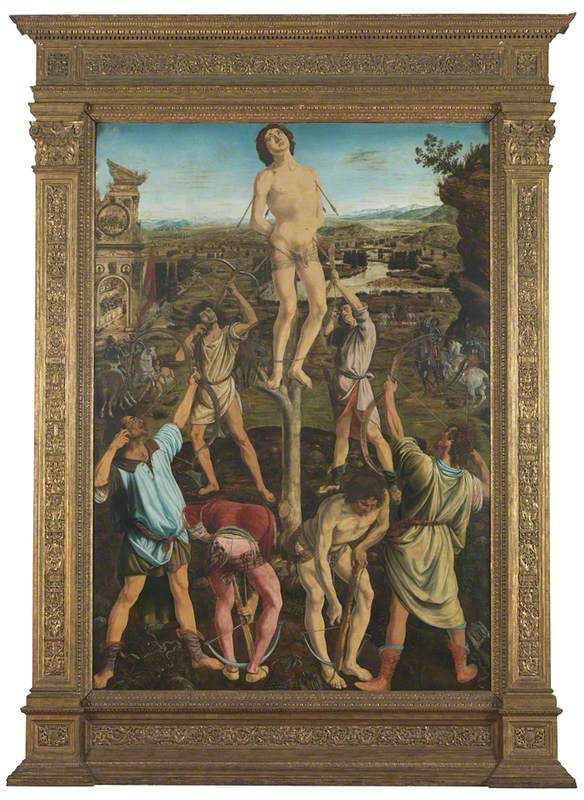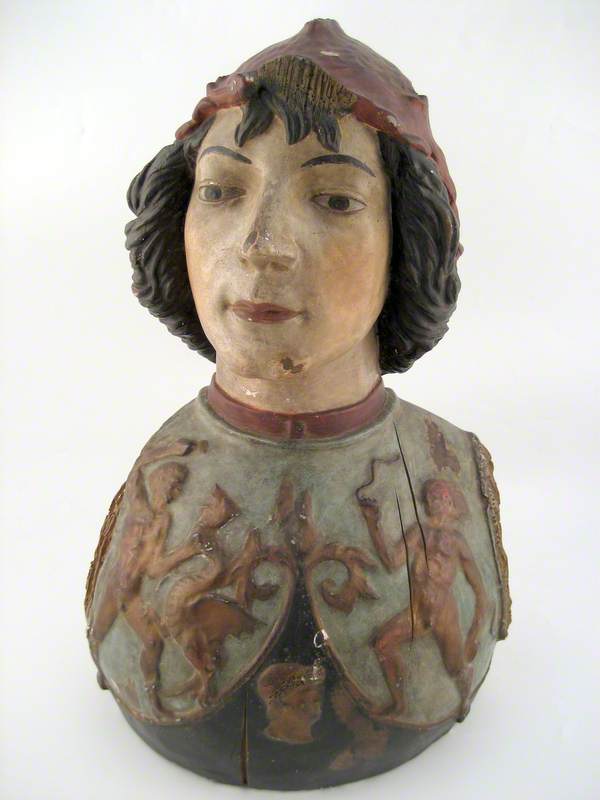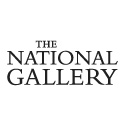(b Florence, c.1432; d Rome, ?4 Feb. 1498) and Piero (b Florence, c.1441; d Rome, c.1496). Florentine artists, brothers, who jointly ran a flourishing workshop, first in their native city and then from about 1484 in Rome. Their surname means ‘poulterer’, evidently a reference to their father's profession. Both of them are recorded as being painters and sculptors and there are considerable problems in attempting to disentangle their individual contributions to their output. However, Antonio was evidently the dominant figure and primarily a goldsmith and worker in bronze, whilst Piero was mainly a painter. Several documented paintings by Piero are known, all of fairly undistinguished quality, but none by Antonio, and as certain pictures from the studio of the two brothers are so much better than Piero's independent works, it is generally assumed that Antonio had a major involvement in them.
Read more
The most important of these pictures is the Martyrdom of St Sebastian in the National Gallery, London, probably painted in 1475. The figures of the archers in the foreground reveal a mastery of anatomy paralleled in certain bronzes generally accepted as Antonio's (e.g. Hercules and Antaeus, c.1475–80, in the Bargello, Florence), in his only surviving engraving (Battle of the Nude Men, c.1460), and in his numerous pen drawings, in which his typically wiry figures are seen in vigorous and expressive movement. His main contribution to Florentine painting lay in his searching analysis of the human figure in movement or under conditions of strain, and he is said to have anticipated Leonardo in dissecting corpses in order to study the anatomy of the body. Piero was perhaps responsible for the pioneering interest in landscape seen in the National Gallery St Sebastian and other works. Antonio's major works as a sculptor are the bronze tombs of Pope Sixtus IV (Francesco della Rovere) (signed and dated 1493) and Pope Innocent VIII (c.1492–8), both in St Peter's, Rome—the grandest papal tombs of the 15th century. In addition to the traditional effigy recumbent in death, Innocent's tomb features a seated image of the pope, with his hand raised in benediction; this novel idea of showing the subject in life was followed in several later papal tombs.
Text source: The Oxford Dictionary of Art and Artists (Oxford University Press)




